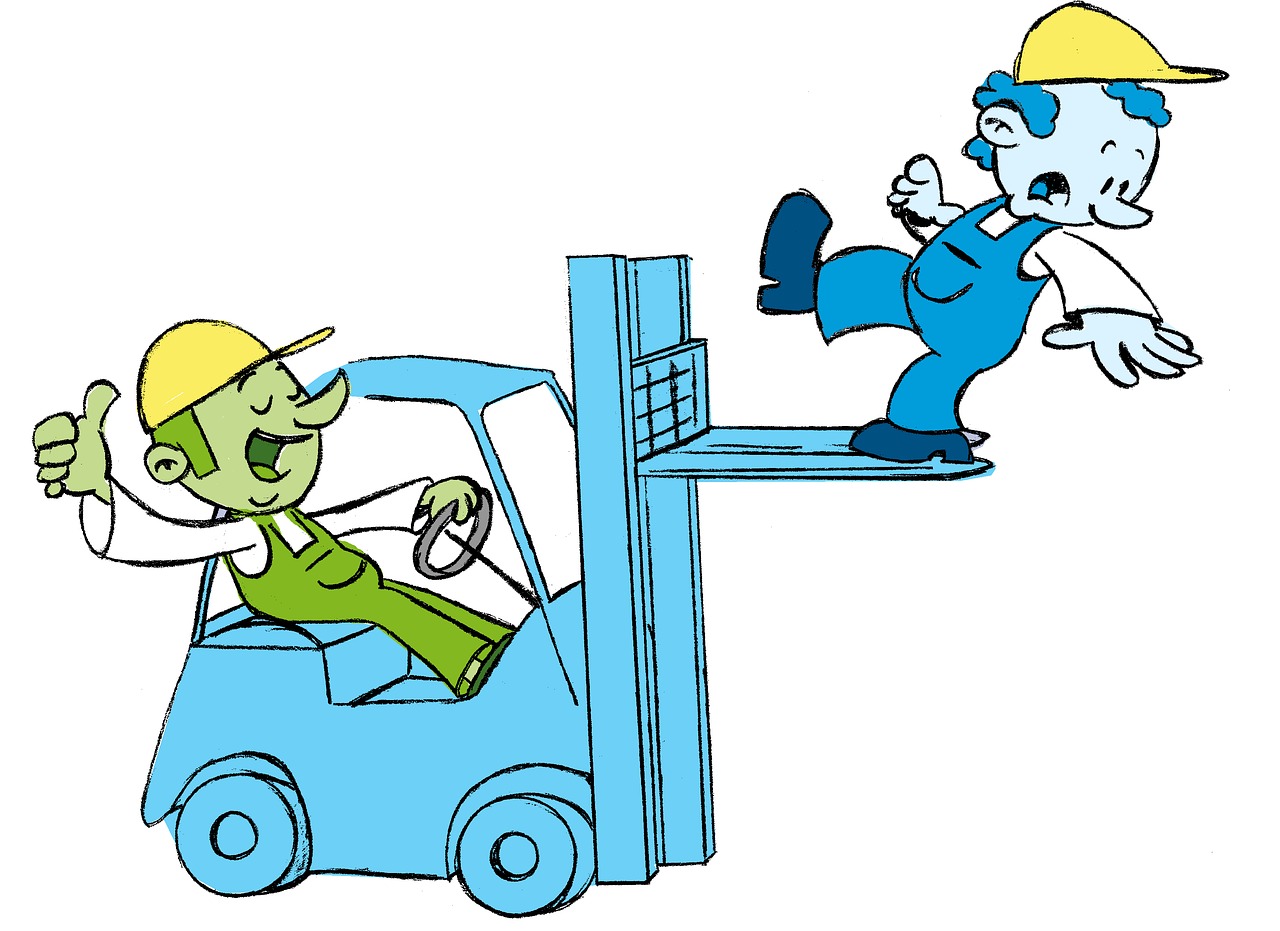
They might look fun to operate, but forklifts are nothing to be toyed with. They are a serious workplace hazard. Forklift drivers are constantly at risk of injury when operating them. Accidents range from human injury to equipment destruction. Proper safety precautions are absolutely necessary to keep this from happening. Here are some examples of how to implement safety measures.
1. Be wary of pedestrians
Forklifts are
dangerous pieces of equipment. Combined with the weight they lift, they can have a combined weight of thousands of pounds. Something this heavy is always dangerous, especially if it is constantly on the move. Pedestrian deaths aren’t uncommon when mishandling forklifts. Heavy loads can fall or the forklift can tip over and crush a person quite easily. Preventing this should be your number one goal.
The easiest way to do this is to physically separate the pedestrians from forklifts. A barrier should be installed between where people walk and where the forklift operates. Brightly coloured lines don’t do the trick, they just serve as reminders to watch out. You want to actually prevent accidents from happening. Low visibility is another cause for incidents, so high-visibility clothing is recommended for workers in the warehouse.
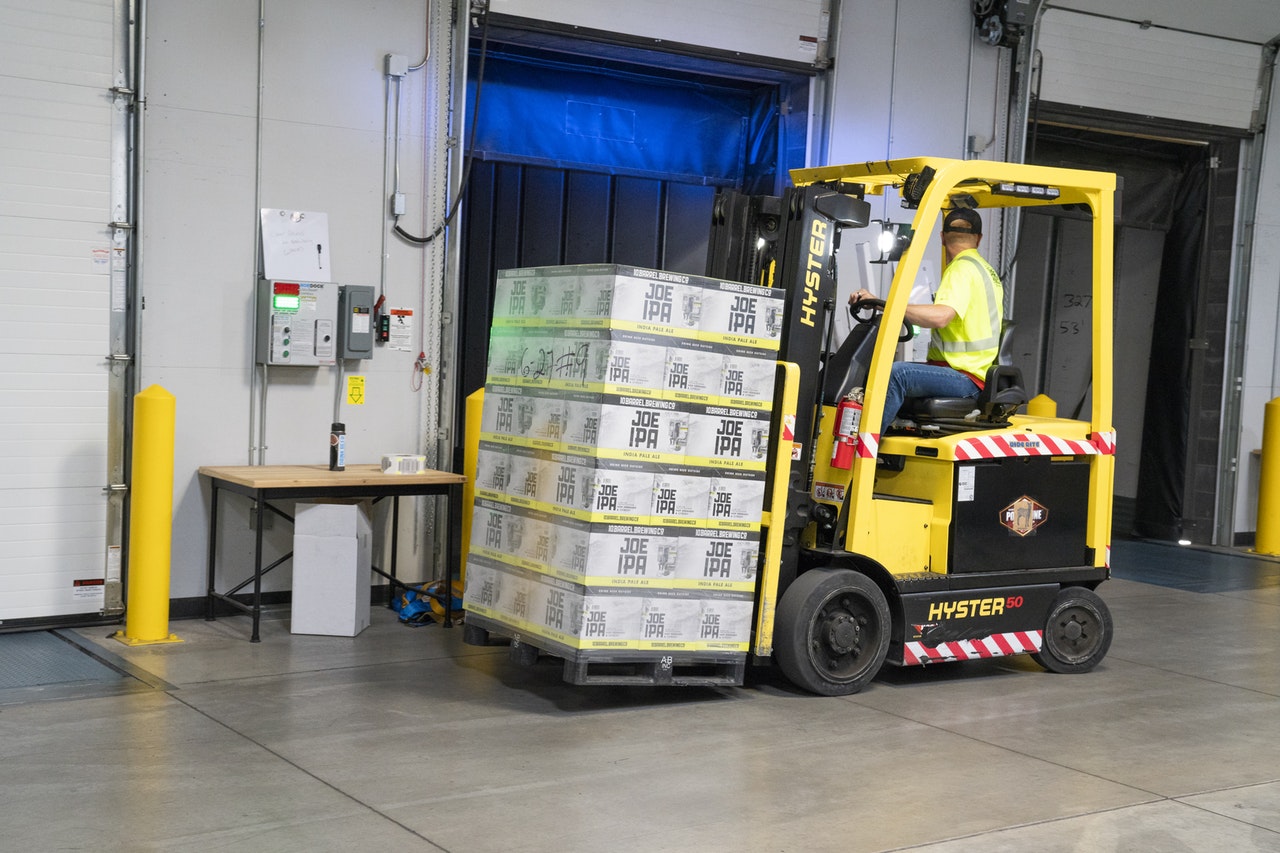 2. Reduce collisions
2. Reduce collisions
Forklifts don’t just pose a danger to pedestrians, they are just as dangerous to everything else in a warehouse. Anything from walls to other machinery is in danger if you don’t properly handle a forklift. Even other forklifts aren’t safe from collisions. The most common kind of collision is one where the driver accidentally reverses into equipment or walls. Since they are pretty heavy, anything you crash into will have a dent in it.
The best way to prevent this is spatial awareness. Drivers should check their surroundings and always do a three-sixty visual check of the area they are navigating in. While driving the forklift, they must keep their eyes on the road at all times. Eliminate distractions that could divert attention from the drivers. Slower navigation is always a bonus, the slower you go the lower the chance of a collision.
3. Proper training
Human error is one of the main factors when it comes to forklift accidents. Putting the blame on drivers alone won’t cut it, though. Forklift drivers are people too. You should focus on getting them the
necessary training they need to avoid these types of accidents. Even experienced drivers need a reminder or two on occasion. Refresher training should be provided to even the most seasoned drivers.
Training offers some indirect benefits to your business as well. Due to being a safety measure, it will reduce insurance premiums. The lack of accidents as a result of the training will lead to less money spent on repairs. If you provided all the necessary tools and instruments for operators to improve themselves, your liability in the event of a disaster is decreased. Organizations like OSHA might even mandate some degree of refresher training for workers. Research your labour laws regarding this.
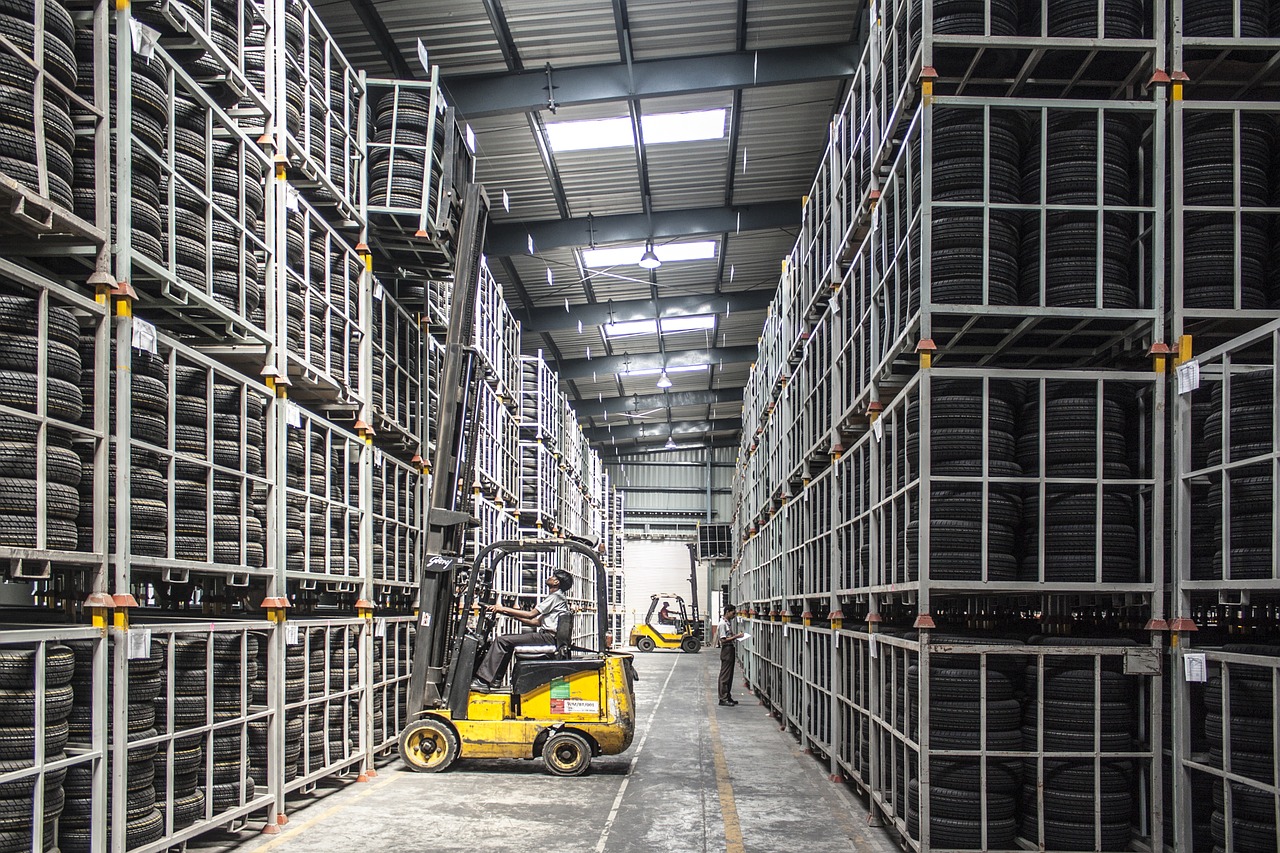 4. The right equipment matters
4. The right equipment matters
The cause of an accidents doesn’t solely rest on the shoulders of a driver. Sometimes it’s the equipment that is at fault. Forklifts are machines like any other. They can fail just like any other piece of equipment. The difference is that when they fail, they can cause catastrophic injury or loss of life. Employers have to make it their duty to get the best kind of equipment in order to mitigate the number of accidents. It’s one area where it pays off not to be frugal.
If a forklift breaks down, you will obviously need to fix it. Regular maintenance is important for any piece of machinery. Companies like
MLA Holdings can provide these services regularly. While one machine is getting fixed, you should find a rental replacement while you wait for the first to be fixed. If it’s unsalvageable, you should consider getting a new forklift or at least a quality used one.
5. Keep an eye on the loading dock
Driving around a warehouse isn’t the main point of a forklift. You load and unload heavy objects and packages. Sometimes the loading process will include a van or truck. While they are moving vehicles, they aren’t supposed to move during loading and unloading. This is where accidents come in. A variety of things can happen in this process. Early departure is one of them. If a driver starts creeping away while the forklift is still inside, bad things can happen.
You have to make sure the weight being carried isn’t too heavy. If something extremely heavy is unloaded into a truck, it could tip at the nose. This is why landing gear is important. Keeping the vehicle securely in place is a must. Otherwise, either the forklift or the vehicle can cause injury or loss of equipment. Aim for several layers of safety. Things like hooks, wheel chocks, and wheel locks are helpful aides. Additionally, consider a system of lights for the drivers. Red light usually means stop, while giving the green light lets them know it’s fine to proceed.
Conclusion
Working with forklifts isn’t the safest job in the world. There are tons of things to watch out for. You’re working with thousands of tons in heavy machinery and one wrong move can cost you a lot of money. Injuries aren’t all that uncommon, either. Safety precautions should be on your list of things to strive for.
 Liam Smith is a young and aspiring Australian blogger with a passion for everything related to home, design and lifestyle. He has a B.Sc. in Interior design and is an avid reader.
Liam Smith is a young and aspiring Australian blogger with a passion for everything related to home, design and lifestyle. He has a B.Sc. in Interior design and is an avid reader.
https://twitter.com/LiamSmith2034
https://www.linkedin.com/in/liamsmith2034
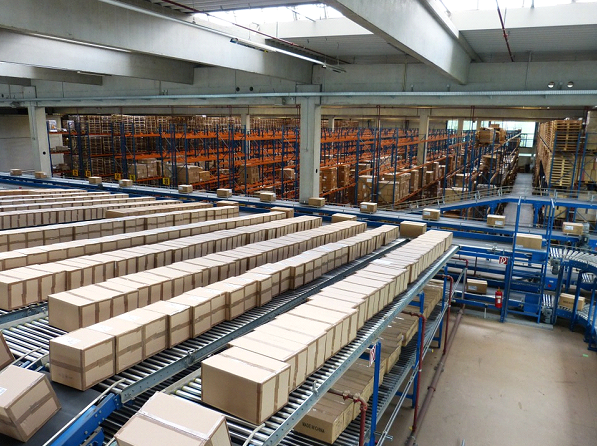
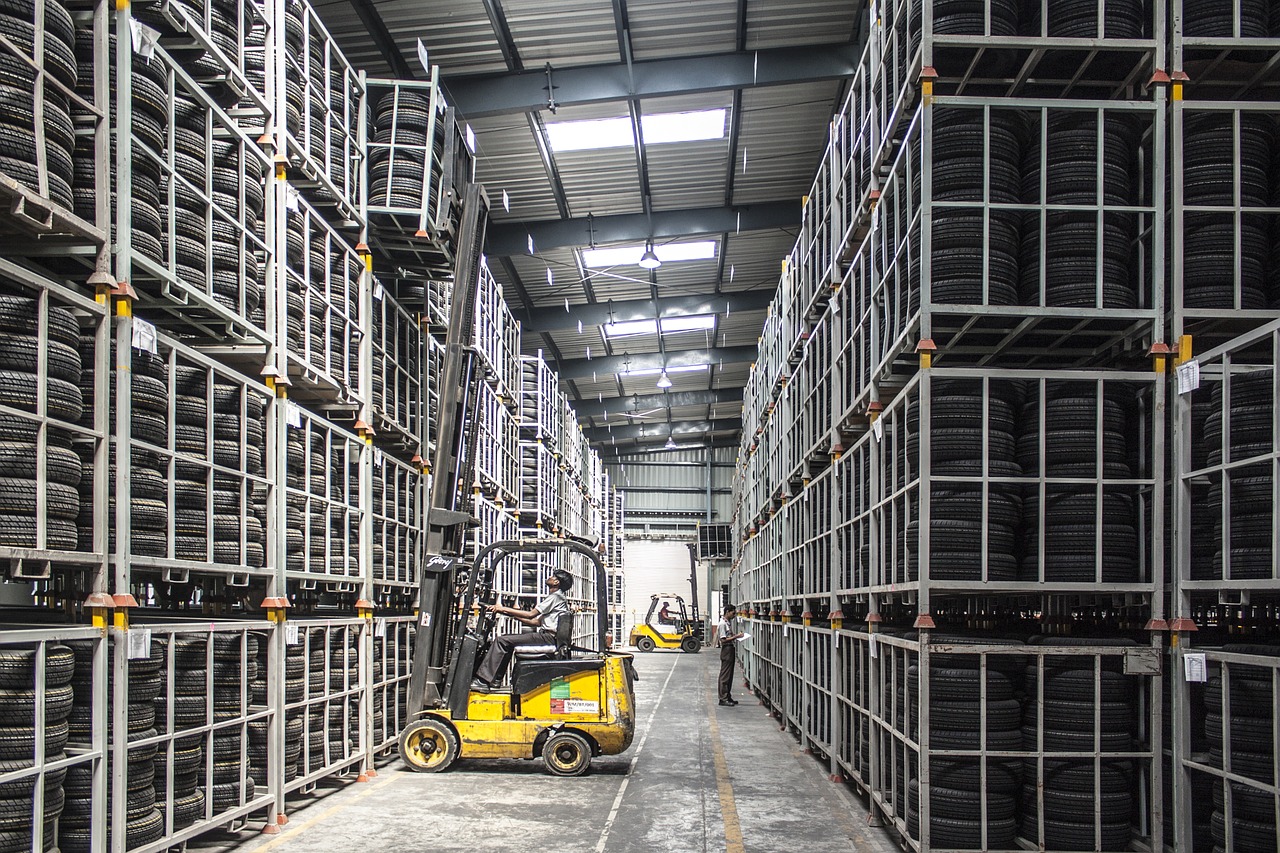

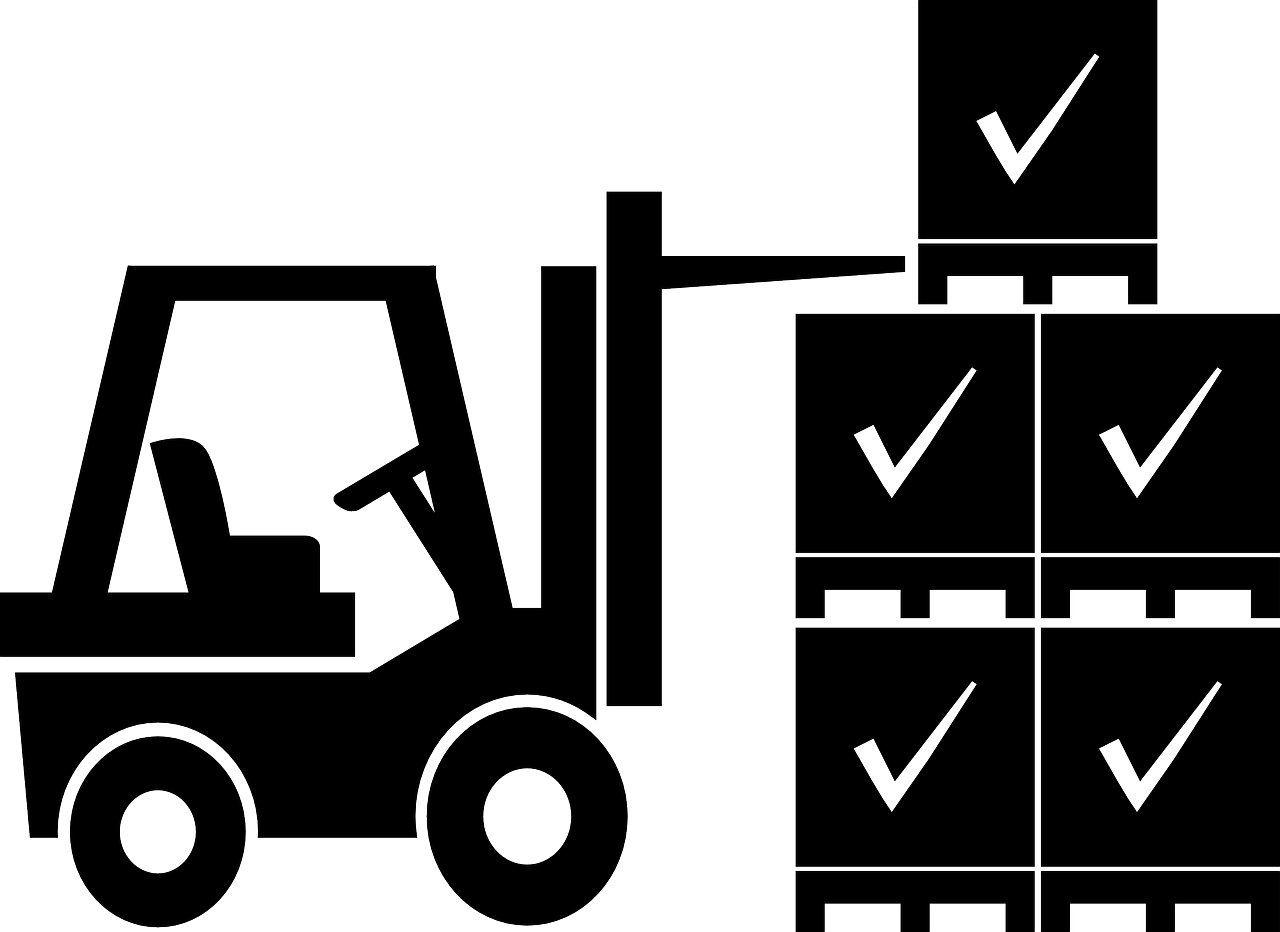
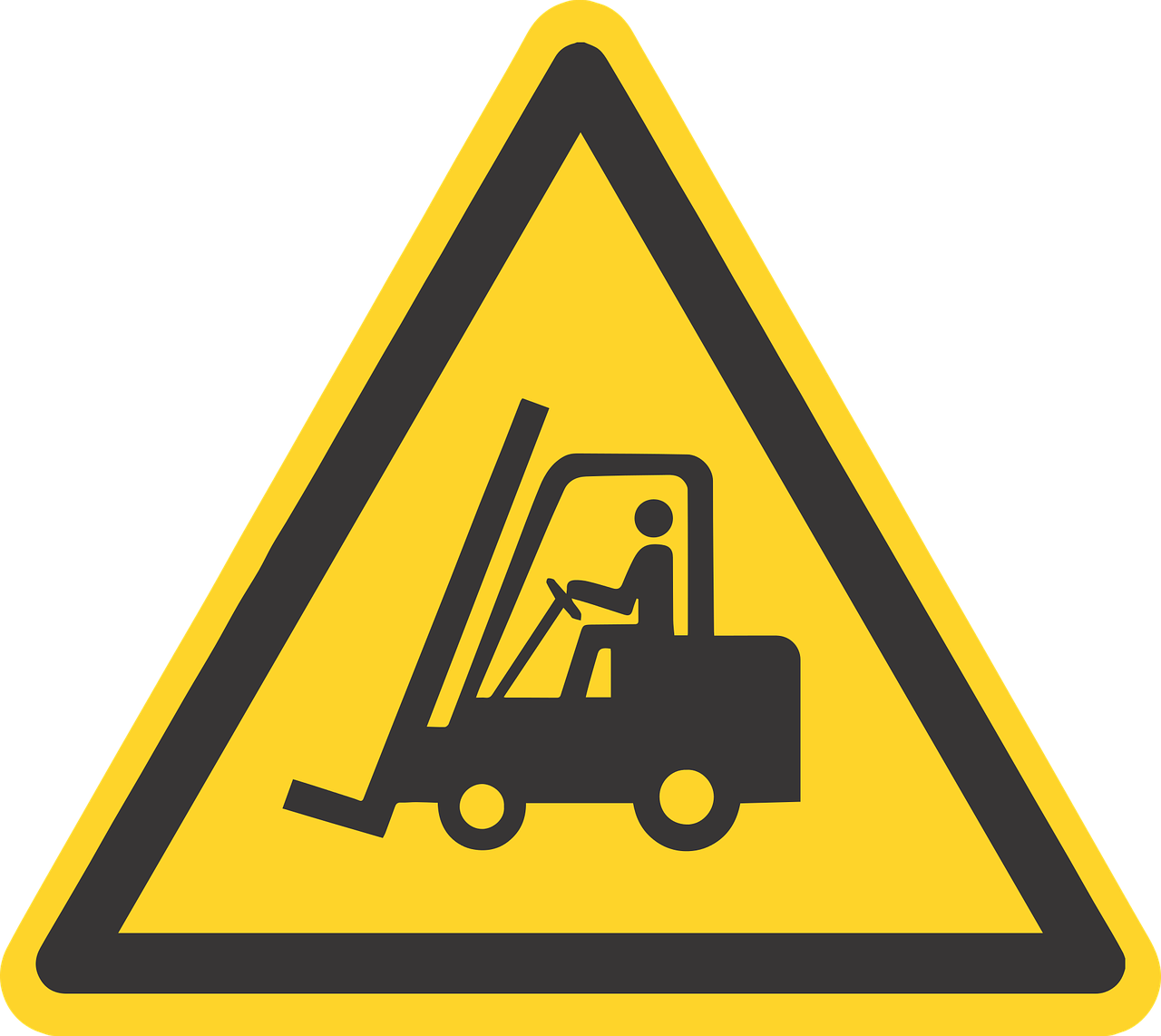
 They might look fun to operate, but forklifts are nothing to be toyed with. They are a serious workplace hazard. Forklift drivers are constantly at risk of injury when operating them. Accidents range from human injury to equipment destruction. Proper safety precautions are absolutely necessary to keep this from happening. Here are some examples of how to implement safety measures.
They might look fun to operate, but forklifts are nothing to be toyed with. They are a serious workplace hazard. Forklift drivers are constantly at risk of injury when operating them. Accidents range from human injury to equipment destruction. Proper safety precautions are absolutely necessary to keep this from happening. Here are some examples of how to implement safety measures.

 Liam Smith is a young and aspiring Australian blogger with a passion for everything related to home, design and lifestyle. He has a B.Sc. in Interior design and is an avid reader.
Liam Smith is a young and aspiring Australian blogger with a passion for everything related to home, design and lifestyle. He has a B.Sc. in Interior design and is an avid reader.